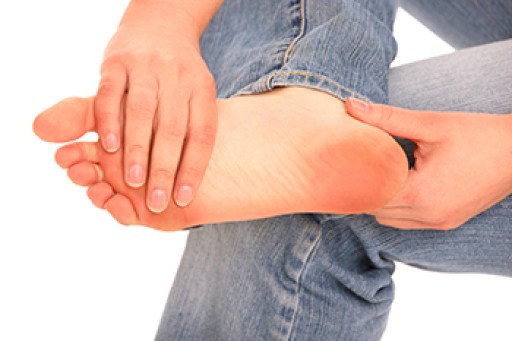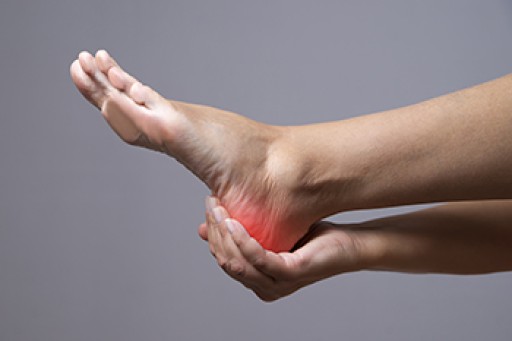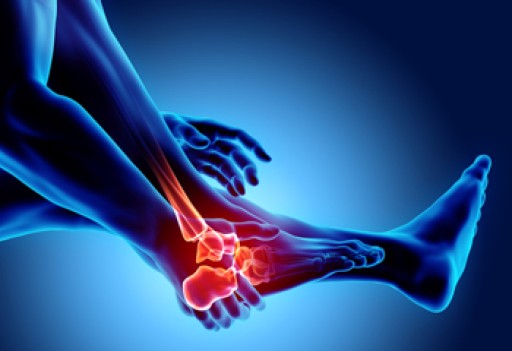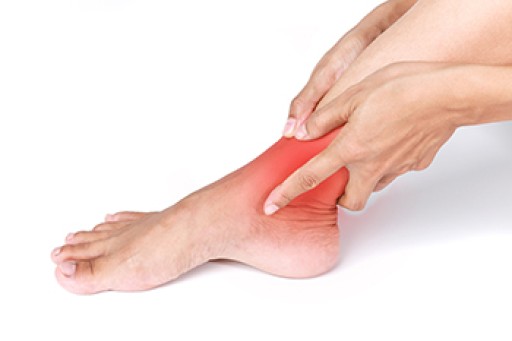
To prevent foot pain and related issues, managing excessive weight can reduce stress on the feet and lower the risk of joint pain. Prioritize wearing supportive footwear over style, and avoid non-supportive flip flops and uncomfortable high heels known for causing toe deformities, bunions, and ankle injuries. Choose shoes that fit well and have adequate arch support and non-slip soles. Engage in calf stretches and avoid overexertion in high impact activities such as running that can help to prevent plantar fasciitis. Balance can be Improved by alternating standing and sitting. Maintain toenail care to prevent ingrown nails, keeping them at a moderate length and wearing roomy shoes. If you have foot pain, wounds, or infections, especially if you are diabetic, it is strongly suggested that you make an appointment with a podiatrist for care.
Foot Pain
Foot pain can be extremely painful and debilitating. If you have a foot pain, consult with one of our podiatrists from Foot & Ankle Centers of Charlotte County . Our doctors will assess your condition and provide you with quality foot and ankle treatment.
Causes
Foot pain is a very broad condition that could be caused by one or more ailments. The most common include:
- Bunions
- Hammertoes
- Plantar Fasciitis
- Bone Spurs
- Corns
- Tarsal Tunnel Syndrome
- Ingrown Toenails
- Arthritis (such as Gout, Rheumatoid, and Osteoarthritis)
- Flat Feet
- Injury (from stress fractures, broken toe, foot, ankle, Achilles tendon ruptures, and sprains)
- And more
Diagnosis
To figure out the cause of foot pain, podiatrists utilize several different methods. This can range from simple visual inspections and sensation tests to X-rays and MRI scans. Prior medical history, family medical history, and any recent physical traumatic events will all be taken into consideration for a proper diagnosis.
Treatment
Treatment depends upon the cause of the foot pain. Whether it is resting, staying off the foot, or having surgery; podiatrists have a number of treatment options available for foot pain.
If you have any questions, please feel free to contact our offices located in Punta Gorda and Port Charlotte, FL . We offer the newest diagnostic and treatment technologies for all your foot care needs.











